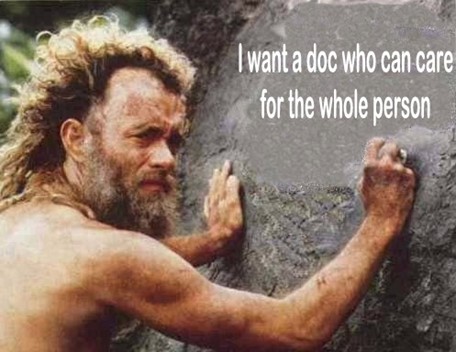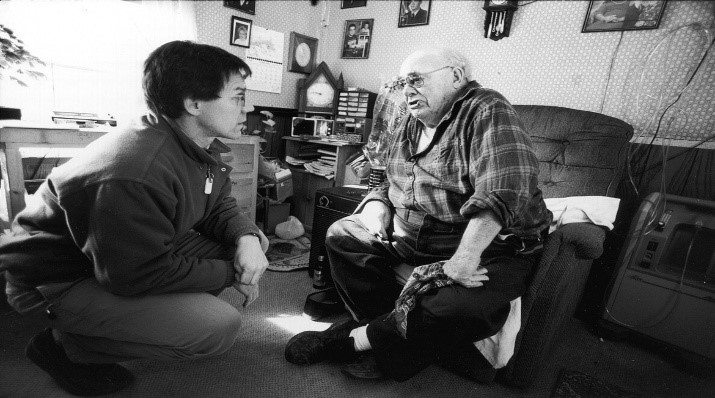The Critical Role of Health Insurance in Employee Wellbeing
Jan 09, 2025 The state of healthcare in America today is far from ideal, with many employees struggling to access affordable, high-quality care. Health insurance plays a crucial role in employee wellbeing, impacting not only their physical health but also their financial stability and overall job satisfaction. Employers who recognize and prioritize the importance of a well-structured health plan can significantly improve employee wellbeing and their company’s bottom line. The Current Healthcare Landscape Many employers are self-insured, meaning they assume the risk of healthcare costs for their employees. This puts them in a position of essentially running a small health insurance company within their business. Unfortunately, many companies lack the expertise needed to manage these plans effectively. This often leads to overspending, wasted resources, and employee dissatisfaction. Additionally, the current system is often plagued with misaligned incentives where brokers and consultants may prioritize their own commissions over the best interests of the employer and employees. Impact on Employee Health and Wellbeing When health insurance plans are not managed effectively, the negative consequences are felt by the employees. High deductibles and out-of-pocket costs can deter employees from seeking necessary care, leading to delays in treatment or avoidance of preventative services. This is particularly true for employees with chronic conditions or those who require regular medication. The stress of financial burden from healthcare costs can lead to decreased productivity, absenteeism, and lower overall job satisfaction. Employees who feel that their health plan is inadequate may also experience lower morale and increased stress levels, which could impact their performance. In contrast, a well-designed health plan can support employees in maintaining their health, offering resources and support for chronic conditions, mental health, and access to quality care. How Employers Can Improve Employee Wellbeing Through Health Insurance Employers play a pivotal role in changing this dynamic and creating a healthcare system that benefits both the company and its employees. Here are a few steps to take: C-Suite Involvement: CEOs and CFOs need to get actively involved in the management of healthcare benefits. They must view it as a crucial part of their business, applying the same financial scrutiny as they would to any other significant expenditure.Transparency and Audits: Employers should demand transparency in all contracts with TPAs, PBMs, and brokers. Regular audits should be conducted to ensure that the plan is operating efficiently and in the best interests of the employees.Focus on Data and Risk Assessment: By understanding the health risks of their employees, employers can create targeted interventions and support programs. This approach enables more personalized and effective healthcare strategies.Value-Based Care: Move away from traditional fee-for-service models to value-based care, which incentivizes providers to focus on health outcomes. This includes partnering with providers who are committed to improving patient health and reducing costs through prevention and early intervention.Employee Education: Employers should prioritize health literacy and provide resources to help employees make informed decisions about their care. This also includes educating employees about their own health risks and encouraging proactive engagement in their care.Humanize the Problem: It is important to listen to employees, understand their challenges with the healthcare system, and use these stories to drive change. Personal experiences can help leadership recognize the real-world impacts of their health plan decisions. Ready to transform your health insurance plan into a powerful tool for employee wellbeing and organizational success? Take the first step toward a smarter, more impactful healthcare strategy today. Empower your team with a plan that reduces costs, enhances productivity, and prioritizes their health. Let’s create a healthier, more engaged workforce together. Contact us now to start building a plan that works for everyone. Written by Rob Thwaites Pathway to Zero Trend Contact us The Critical Role of Health Insurance in Employee Wellbeing
The Critical Role of Health Insurance in Employee Wellbeing Read More »









